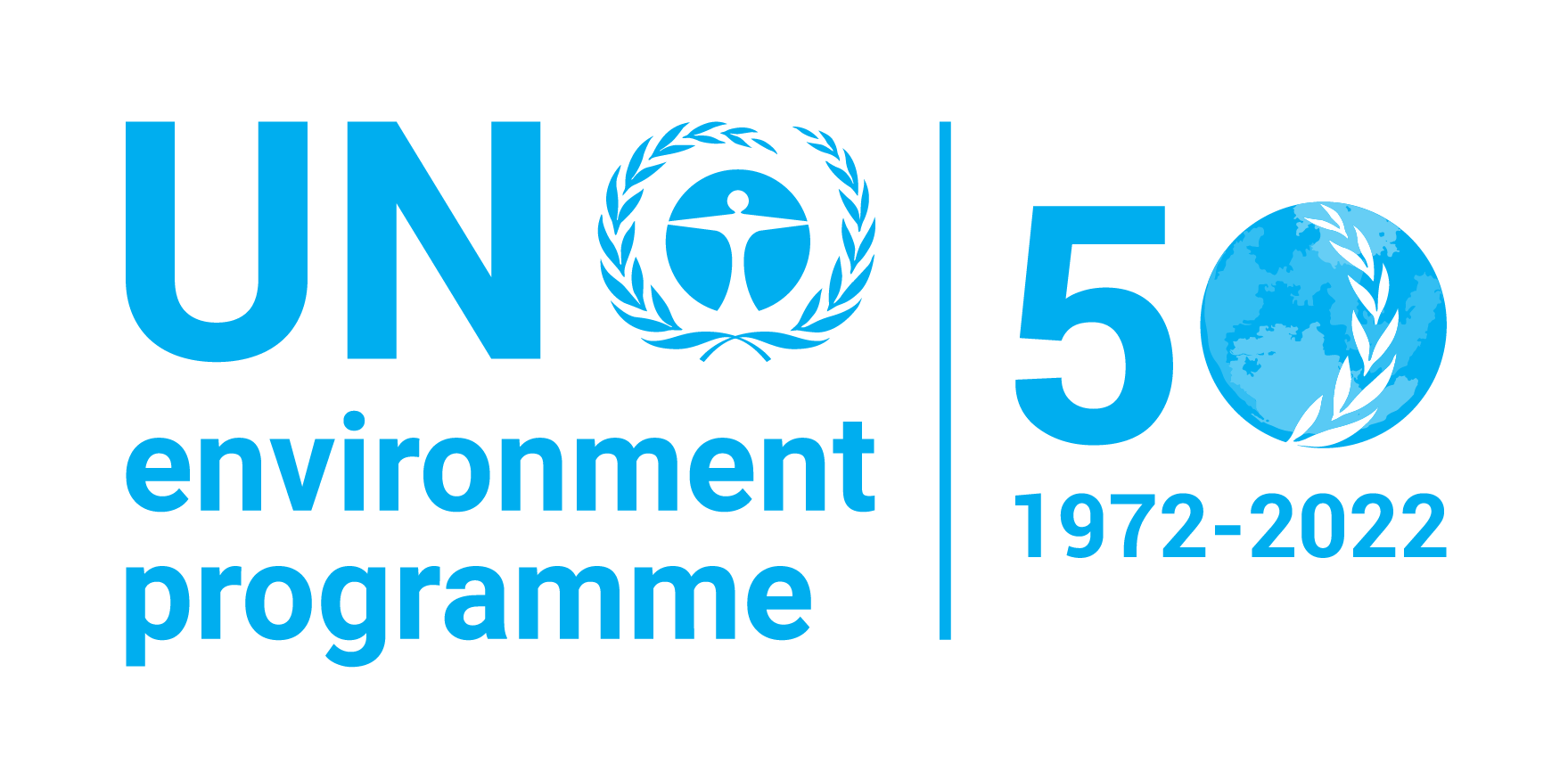Browsing Publications and Documents by Title
Now showing items 4241-4260 of 7265
-
Nagoya - Kuala Lumpur Supplementary Protocol on Liability and Redress to the Cartagena Protocol on Biosafety
(2011)Like its parent treaty, the Cartagena Protocol on Biosafety, the adoption of the Nagoya – Kuala Lumpur Supplementary Protocol is seen as playing a function of preventing damage on the one hand and as a further confidence-building ... -
Nagoya Protocol on Access to Genetic Resources and the Fair and Equitable Sharing of Benefits Arising from their Utilization to the Convention on Biological Diversity: Text and Annex
(2011)After six years of negotiation, the Nagoya Protocol on Access to Genetic Resources and the Fair and Equitable Sharing of Benefits Arising from their Utilization to the Convention on Biological Diversity was adopted at the ... -
The Nairobi Declaration on Climatic Change - International Conference on Global Warming and Climatic Change: African Perspectives
(1990)The International Conference on Global Warming and Climatic Change: African Perspectives was held at the United Nations Environment Programme (UNEP) headquarters in Nairobi, Kenya (May 2-4, 1990) to examine the possible ... -
Nanomaterials: Applying the Precautionary Principle - Frontiers 2017: Emerging Issues of Environmental Concern
(2017)The recent advances in nanotechnology and nanoscience have introduced nanoscale materials with emergent physical and chemical properties to transform the world. -
Narrowing the Emissions Gap: Contributions from Renewable Energy and Energy Efficiency Activities
(United Nations Environment Programme, 2015)While this report clearly demonstrates significant benefits of renewable energy and energy efficiency in developing countries, it also highlights untapped potential gains, which the Coalition aims to describe more fully ... -
National Action Plan for Sustainable Consumption and Production (SCP) in Egypt 2015: Annex - SCP National Action Plan Annex. SwitchMed Programme
(2015)This document is intended to identify key priority activities and projects needed to support the creation of sustainable communities and cities in Egypt through the promotion of sustainable consumption and production patterns. -
National Action Plan for Sustainable Consumption and Production (SCP) in Egypt 2015: SwitchMed in Egypt
(2016)This document is intended to identify key priority activities and projects needed to support the creation of sustainable communities and cities in Egypt through the promotion of sustainable consumption and production ... -
National Action Plan for Sustainable Consumption and Production (SCP) in Egypt 2015: SwitchMed Programme - Executive Summary
(2015)This document is intended to identify key priority activities and projects needed to support the creation of sustainable communities and cities in Egypt through the promotion of sustainable consumption and production ... -
National Action Plan for Sustainable Consumption and Production (SCP) Policies in Egypt 2015 - SCP Assessment
(2016)The main objectives of this document is to lay out the framework for an Action Plan for sustainable consumption and production in Egypt. The Action Plan builds on recent studies that have been undertaken in this area and ... -
National Actions on Marine Microplastics in the NOWPAP Region
(2020)The objective of NOWPAP is to protect the regional marine environment under international cooperation between the four member states. NOWPAP initiated marine litter (ML) activities following the decision at the Tenth NOWPAP ... -
National and International Mycotoxin Contamination Control System
(1984)The system of measure aimed at the prevention of disease and public health improvement reserves one of the central places to measure ensuring food safety. Modern human food, due to its multicomponent chemical pattern, ... -
National and Regional Networks of Marine Protected Areas: A Review of Progress
(UNEP World Conservation Monitoring Centre, 2008)The report describes 30 national and 35 sub-national ecological MPA network initiatives. Most are still under development with very few formally gazetted, and even fewer fully managed. Those that have been declared and are ... -
National background report on Environment for Croatia
(Croatian Environment Agency, 2009)The main objective of this document is to provide a summary of research activities in the field of environment in the Republic of Croatia along with a SWOT analysis of research capacities and identification of research ... -
National background report on Environment for Serbia
(2009)The objective of this report is to provide an overview of the environment protection research in the Republic of Serbia (hereinafter: Serbia), and to identify the environmental research priorities for Serbia for the period ... -
National Biodiversity Strategy and Action Plan (NBSAP)
(2014-09-01)This National Biodiversity Strategy and Action Plan (NBSAP) for Afghanistan has been prepared by the National Environmental Protection Agency of the Islamic Republic of Afghanistan, with technical and advisory inputs from ... -
National biodiversity: Strategy & action plan: Framework for implementation 2014-2017
(2014)The purpose of this report is two-fold: firstly, to provide the Government of Afghanistan with a policy document that will be useful in guiding development of its future biodiversity conservation and management programming, ... -
National Capacity Self-Assessment Resource Kit
(2005)The NCSA Resource Kit was developed to provide countries with a “tool box” of capacity development approaches, techniques and tools, based on international best practices and NCSA experience to date. The purpose of the kit ... -
National Ceremony of World Ozone Day 2020, Sri Lanka
(2020)In observance of World Ozone Day, 16 September 2020 -
National Ceremony of “World Ozone Day 2019” in Sri Lanka
(2019)2019 World Ozone Day activities in Sri Lanka -
National Certification Schemes for Refrigeration and Air-conditioning Service Technicians: Examples of Strategies and Requirements for their Establishment and Operation
(2015-10-01)It is expected that in the near future there will be a considerably higher uptake around the world, and particularly in developing countries of ‘alternative refrigerants’, such as hydrocarbons, ammonia, carbon dioxide, ...





















